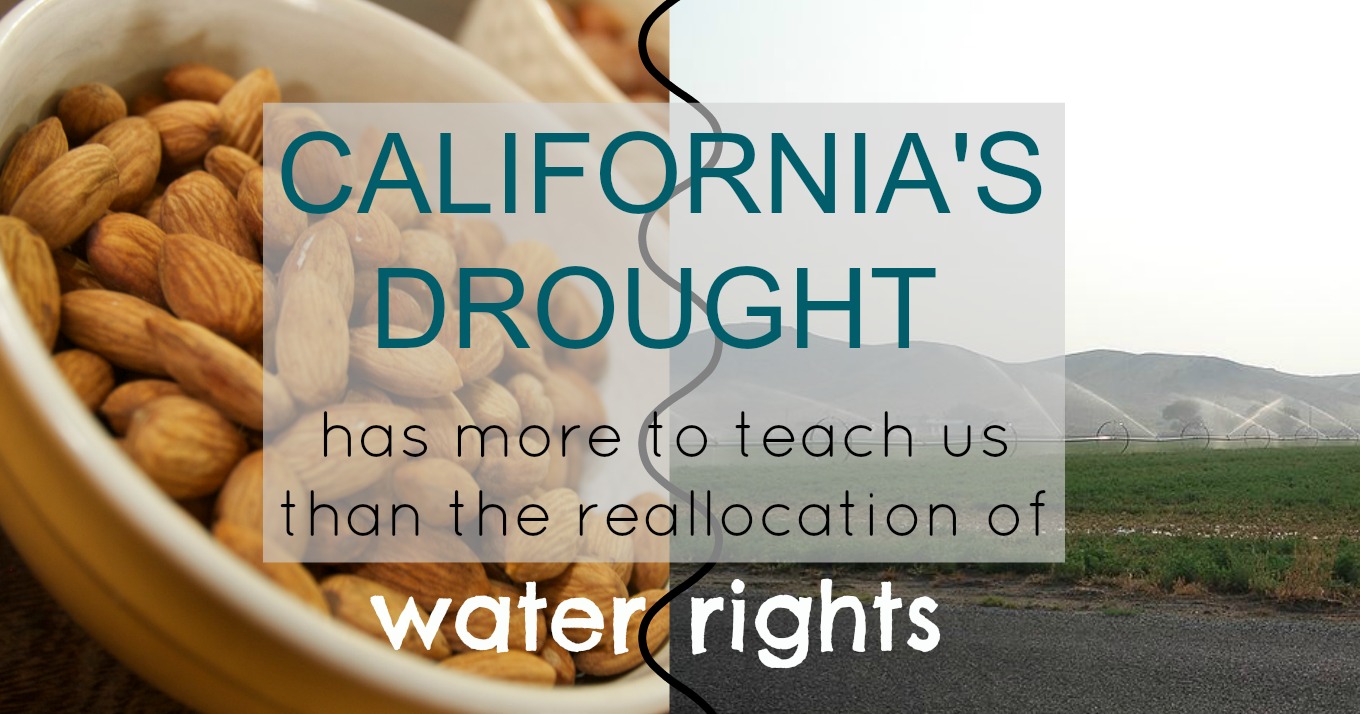
Have you heard the recent debate over almonds? They’re a California crop that requires 10% of the state’s water, and this during a drought. Defendants of the popular nut point to alfalfa (used to feed beef) as the more egregious offender, alfalfa requiring 15% or more of the state’s water. However, this debate is missing the key component: sustainability. It is not whether almonds or alfalfa is worse. (They are both offenders.) Our whole system needs an overhaul.
Molly Spence, Director of the North American Almond Board of California encourages consumers to see their website and see the progress farmers are making in terms of their water use. A video on the website shows how almond farms have reduced the amount of water required to grow an almond by 33%. She contends,
All food production needs water. California farmers provide half of all the nation’s fruits, vegetables and nuts, along with many dairy products and more than 400 other crops that feed consumers from coast to coast and around the world. We agree that food production should be as water-efficient as possible to address the global challenge of feeding the world — but people also need a reliable, nutritious food supply. Using water efficiently to grow food is a valid use of this important, valuable resource. (source)
You've heard the dire warnings. California has less than a year's worth of water left. But have you heard this? http://t.co/RRreHqHFC2
— FoodRenegade (@FoodRenegade) June 12, 2015
A recent article from NPR points out that almonds have been targeted with greater criticism because in the last 10 years so many farmers have removed their former crops, ones that could be fallowed or rotated, for the high-cash crop of almonds, one that requires relatively large amounts of water and a semi-permanent tax on the water supply. Additionally, this crop is largely for export, with California growing 2/3 of the world’s almonds, roughly 25% of the state’s agricultural export revenue! (source)
Alfalfa’s story is also one of export. Over a million Californian acres are consecrated to this crop and, therefore, to the world’s love of factory-grown beef. If we’re discussing allocation of resources, one critic calls this an outsourcing of drought. (source) While California may produce up to 80% of the world’s almonds, the tremendous mass of land dedicated to alfalfa only produces 2% of the world’s beef. This contrast certainly vilifies alfalfa and seems to vindicate almonds. With a greater financial gain for the state than the percentage of water used shouldn’t we give almonds a break?
A recent article in the New York Times points out,
In California, 80 percent of water used by humans goes to farming and ranching. To this indictment, we can add irrational subsidies and water engineering projects that have led to irrigation in areas where it doesn’t make sense. Today, California, despite the drought, is effectively exporting water (in the form of milk, beef, walnuts and produce). (source)
Even more poignantly, the author hits on the real issue:
… the central challenge can’t be solved by a good rain because the larger problem is an irrational industrial food system.
Joel Salatin, the Robin Hood of cows, shares these issues with insight. After making a name for himself as a grass-farmer, a man who actually raises cattle but understands that that means rotating them daily to fresh varied pastures, Salatin has taken his principles and shown how far-reaching their truths extend.
The fact is that even in America, most communities don’t feed themselves…as rich as we are right here, only 5% of the food that we eat here is grown here. So we ship it 1,000 miles away, re-import in a box, in a bag, in something, when we could be raising it all and feeding ourselves completely.
Take California as an example, California doesn’t nearly begin to feed itself. But it’s because California is trying to feed the East Coast and the northern tier with strawberries and mesclun mix in January.
…if we took all the diesel fuel that’s trucking this food across the country and put it in season-extending hoop houses, so that the east and the northern tier can grow strawberries and mesclun mix in the winter time, to feed themselves then California could feed itself, too. (source)
So is this debate misfocused? I think so.
While both almonds and alfalfa drain a desert state of water it doesn’t have (to feed mouths in other states and countries), Joel Salatin is proposing, like many other sustainably-minded farm revolutionaries, that we overhaul the system and grow our food locally.
(Instead of farmers trying to gain access to what little water there is, they need to rethink what they’re growing and how they’re growing it.)
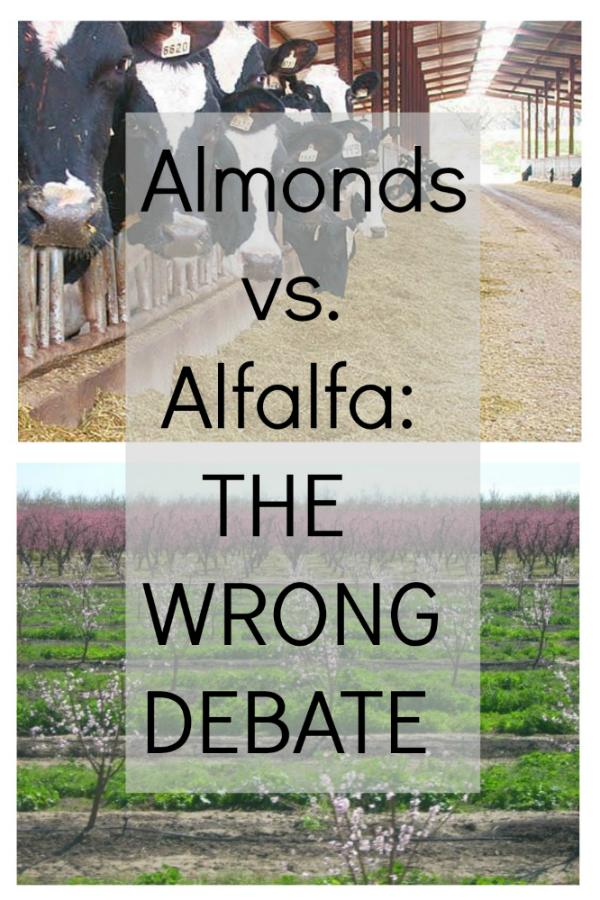
Subsidy-loving governments looking at billion dollar export markets will never see the rationale in feeding ourselves this way. But just as Robin Hood escaped into the forest subversively, formed a band of sympathizers and gave back to the people what was rightfully theirs, we need to give back to the land what has been taken.
As consumers we can band together:
- No CAFO (concentrated animal feeding operation) meat purchases (even when dining out!) means a greater demand for local, organic, grass-fed meat. Everyday we see major corporations make changes, (their sourcing of meat, their rejection of genetically modified food), all due to consumer awareness and demand. Alfalfa mono-crops will not help to feed Californians locally, nor will they heal or enrich that soil and reverse desertification. Buying local beef from your grass farmer will.
- Reduce your almond consumption. Yes, this, too, will help. Production of California almonds has more than doubled since 2005. (source) Demand for almond milk, almond butter and almond flour adds to this market. Nutritionally, almonds should be eaten in greater moderation anyway! California farmers have chosen to grow a crop that is not native to that region, one that does not support or give back to the ecosystem.
- Buy meat and produce from local farmers who raise their crops with sustainable methods. We create the world of agriculture we desire with the grocery dollars we spend.
To bless the land we must listen to it; we must remember where it came from, what is natural to it, working with the land’s rhythms.
At the end of the day, what is good for our bodies, nutritionally, is good for the earth. What the land can support with sustainable farming practices will bless our bodies. When we push nature beyond its own guidance, our diet and health reflect the imbalance.
If you enjoyed this article, check out my Facebook page and blog where I post the best and latest insights on nutrition, food philosophy and healing, as well as classic and cutting edge whole food recipes.
(Photo Credits- “Watering alfalfa field” by Kelapstick – Own work. Licensed under CC BY-SA 3.0 via Wikimedia Commons – http://commons.wikimedia.org/wiki/File:Watering_alfalfa_field.JPG#/media/File:Watering_alfalfa_field.JPG and californiaagriculture.ucanr.edu)
 |



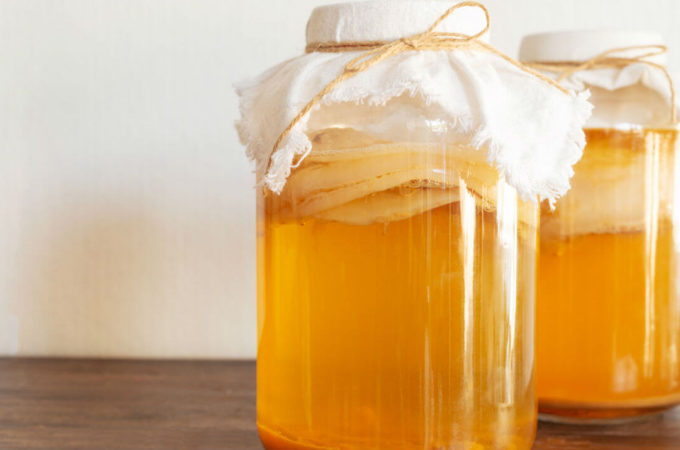
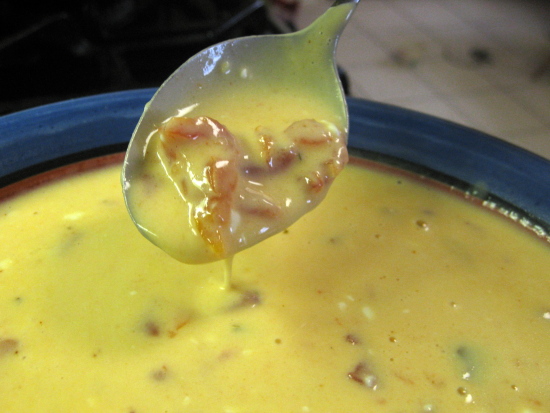
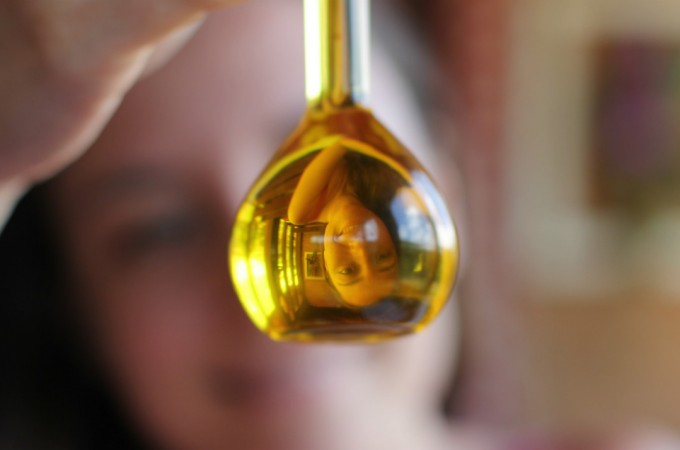
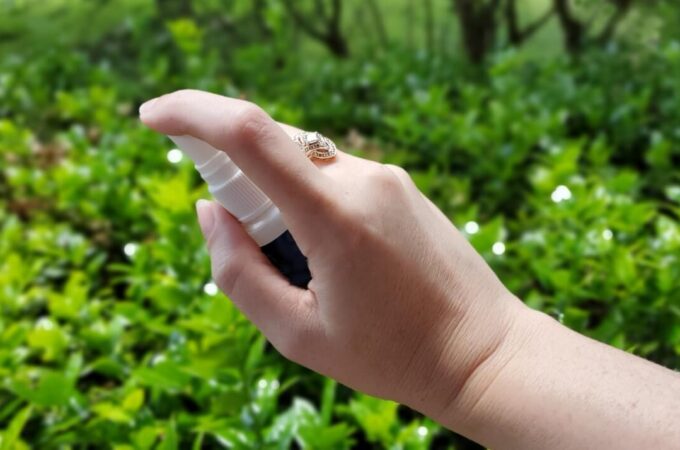
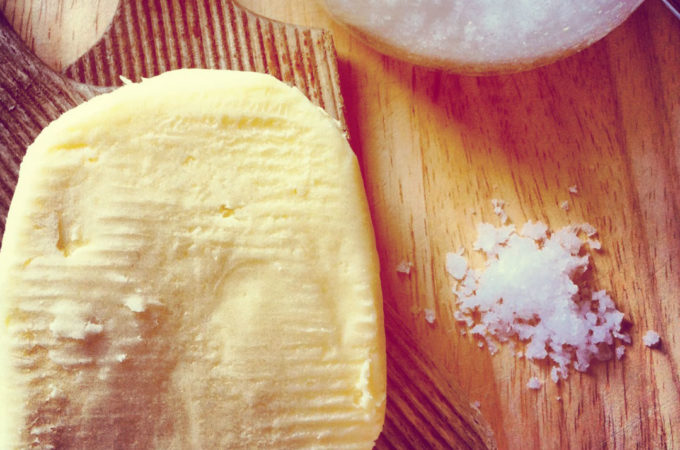
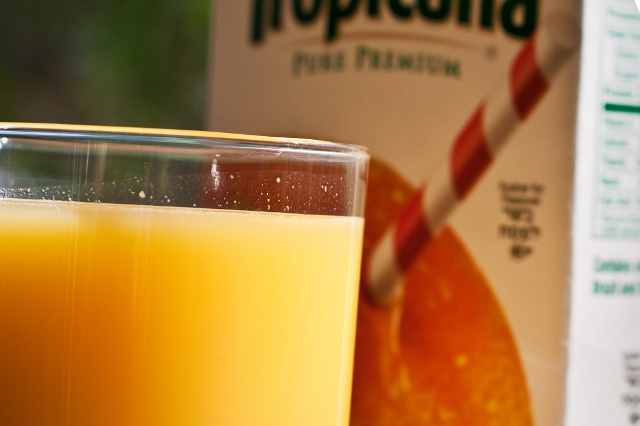
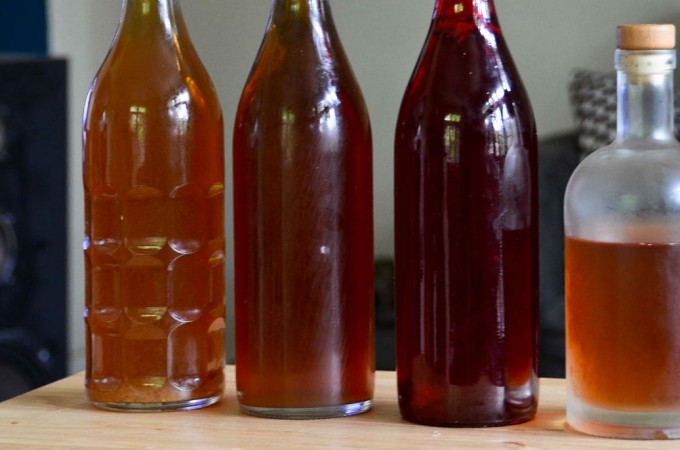
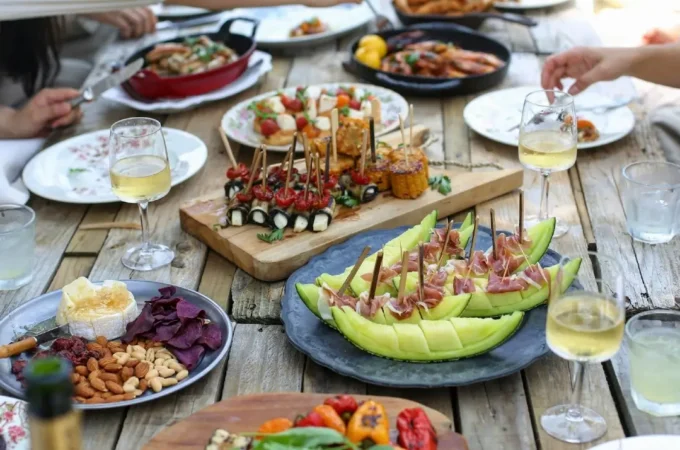
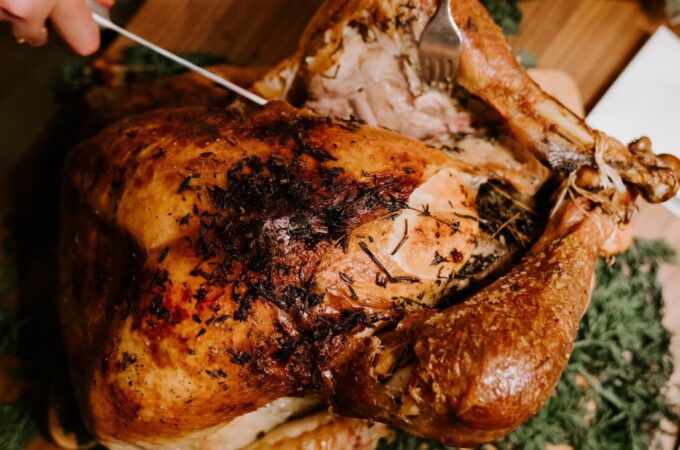


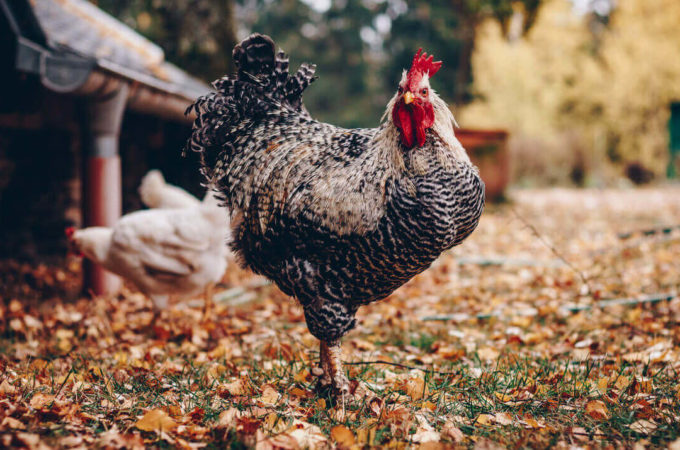
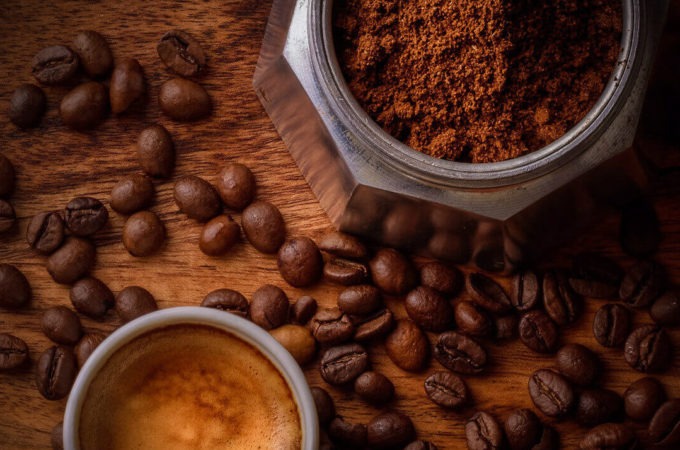
We buy our meat from a small scale farmer we found on http://www.homegrowncow.com. We don’t really have any local farmers in our area, so this website has been great for us. Buying local doesn’t always have to mean buying within 50 miles. We feel great about removing our support of industrial ag and knowing we don’t contribute to the craziness.
I agree that CAFO’s are an egregious abuse of the environment in general. More to the point, the devastation caused by fracking is a huge culprit. http://thinkprogress.org/climate/2015/04/06/3643184/california-70-million-gallons-fracking/
Having just moved from California, I can attest that geo-engineering is playing a huge part. Almost nobody is talking about how California is being targeted by geo-engineering. I lived with it every day until I had to leave. I was feeling like I was being microwaved every day. Nature is not being allowed to function in a normal way and that’s the biggest reason for this drought. That being said, the water crisis can be shifted through permaculture. In my small yard, we created a permaculture landscape that would have conserved enough water with normal rainfall for me to build my own well. If every yard was transformed this way, everyone could have their own well instead of letting the rainfall wash away to the ocean. We have simple solutions available that can be availed of collectively as communities or as individuals.
Excellent post! And why should we eat less almonds – just export less and sell to us who want them as an alternate protein source from horrid CAFO’s! For permaculture inspiration and guidance, check out this amazing website: https://www.google.ca/#q=Geoff+Lawton++(news%40geofflawtonpermaculture.com)++
Good points! But the even larger question is climate change. No matter how we farm, CA may not be a viable production or export region in the long term. We should be outsourcing CA produce to localized production everywhere. In fact, we might be harvesting almonds in Vancouver for all we know now.
I was just in CA and saw the drought first hand. A forest fire in Sequoia in April! The campgrounds were evacuated. We all need to eat, but we don’t need to drink bottled water. We can all be responsible for filtering our own if we feel the need to. Nestle is sucking out millions and millions of underground water. Humans need food to survive, not bottled water.
It’s bigger than you discuss here, it’s a natural weather cycle. In 1992 a recently-concluded study was published in the Sequoia Bark (free newspaper you get when you enter Sequoia and Kings Canyon National Parks in California) whereby 5,000 year old Bristlecone Pines from the east side of the Sierra Nevada Mountains were cored to study the tree rings. As we all should know, trees put on a larger growth ring in wet years, and smaller growth in dry years. The study showed that California had been unusually wet from the period 1800-1990 (which is just about as long as temperature readings have been recorded by western-bound Settlers) and if the CYCLIC weather patterns revealed in the core samples continued as they had for the past 5,000 years, the next cycle would take California into a more normal, several hundred year long, dry period. And, it would take about 25 years to transition to the next cycle. We are there now. The government knows this, they funded the above-mentioned study. California is a desert which enjoyed a short 200 year season of wet weather and is now reverting back to the more normal dry state. The government is not telling the citizenry, hoping to avoid a panic. Our ancestors have moved around the planet in search of water for thousands of years (think Greenland and the Oklahoma Dust Bowl Days) and this cycle will be no different.
Don’t buy almonds from California, they are pasteurized and nutritional value is depleted, just like milk. Buy Raw unpasteurized almonds from overseas
There is a lot of good information in this article. But as someone who lives in New England – just outside Boston, I want to address the idea that we who live here could grow most of what we need to feed ourselves year round, just by building more hoop houses or other types of green houses. I have used cold frames constructed from wood and glass to get an earlier start on the growing season. That sometimes adds as much as a month on the front end, and if crops were grown under protective covering it would probably add another month at the end of summer into the Fall. But in MA the temps often drop below freezing overnight in late September, and by mid to late October, (varying from year to year) they are below freezing during many days. By late Nov. or early Dec. we are often in the single digits in daytime and below zero at night, and I know that Northern New England (Vermont and Maine specifically) get even colder temps earlier in the Fall and later into the Spring. I don’t think those plastic covered hoop houses can stand up to those temps and protect growing produce when it is that cold day after day. Nor would they be likely to stand up to the many FEET – not inches – of snow that we often have on the ground here. This past winter the snow where I live was more than 8 FEET high just as it had fallen – and even higher where plows had piled it up in the effort to clear streets.
So while we could (and should) probably reduce to some degree the burden of food production that falls on warmer parts of the country like California and Florida, it seems highly unlikely that we can grow enough produce year round to ‘Feed ourselves’. And there are some things, like citrus fruit, avocados etc. that just don’t grow here at all outdoors. While it might be possible to grow fruit trees inside a greenhouse, it seems unlikely.
If you do eat almond I would encourage folks to eat organic almond and organic almond butter, since organic almond growers are doing a better job at water conservation. And “natural” almond butter doesn’t mean anything, ya need to get organic.
Great post about water. I never knew we are in that bad of a situation when it comes to water.
Thanks for this fantastic post, I am glad I found this
website on bing.
I really like what you said about using local sources for food, Meghan, BUT…..
You’ve got it mostly wrong, on other issues. I don’t know if you’ve ever walked through an alfalfa field, but it’s one of the most sustainable crops we can grow – no need for N fertilizers, an excellent wildlife habitat. Deep rooted perennial, it contributes to soil health in a big way – something farmers understand (both organic and conventional). Rich insect diversity and birds, mammals, and many types of wildlife. It’s the highest producer of protein among crop plants with zero need fro Nitrogen fertilizers – saving fossil fuels, and contributes significantly to a following crop in rotation. It’d be great if farmers would plant more perennial legumes like alfalfa in rotation with corn, vegetables or other crops, since it benefits the soil so much. Ask any farmer.
Alfalfa also one of the highest crops in water use efficiency. Alfalfa offers flexibility in a drought as we’re discovering here in California- lots of farmers are severely drying down their alfalfa this year using 0 to 50% of normal years- try that with tomato or arugula. see blog http://ucanr.edu/blogs/blogcore/postdetail.cfm?postnum=17721
Another factual problem: California exports some alfalfa – probably about 10% a very small amount compared with almost all other crops, and most of it goes for dairy, not beef. Contrast with citrus, strawberry, arugula, wine, nuts, etc. etc. where the amounts are well over 50%. So why the attention on alfalfa?
The major truth in your piece is that ALL crop plants used in agriculture use lots of water – that’s just a fact. Whether it comes out of the sky or is irrigated from snow melt or pumped water. Whether it’s almonds or alfalfa or mesclun (really?). This isn’t particularly disturbing – it’s just a fact of plant life, and productive plants exist only in a water-rich environment. And in the West that means cycling snow melt through agricultural systems. The key question is how sustainable those water systems can be and how efficiently they are used.
The fact that crop plants use lots of water is something that’s good for consumers to realize, regardless of whether crops are grown nearby or far away.. Thus consumers should support efforts by farmers to make crop production as highly productive and as water-use conserving as possible to sustain agriculture even with climate change and periodic droughts.
Cheers, Dan
I love your blog! I feel like you and I are kindred spirits with the same mission! Keep on girl, because you are doing a great job!